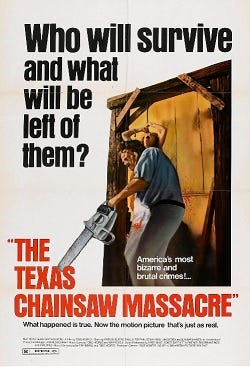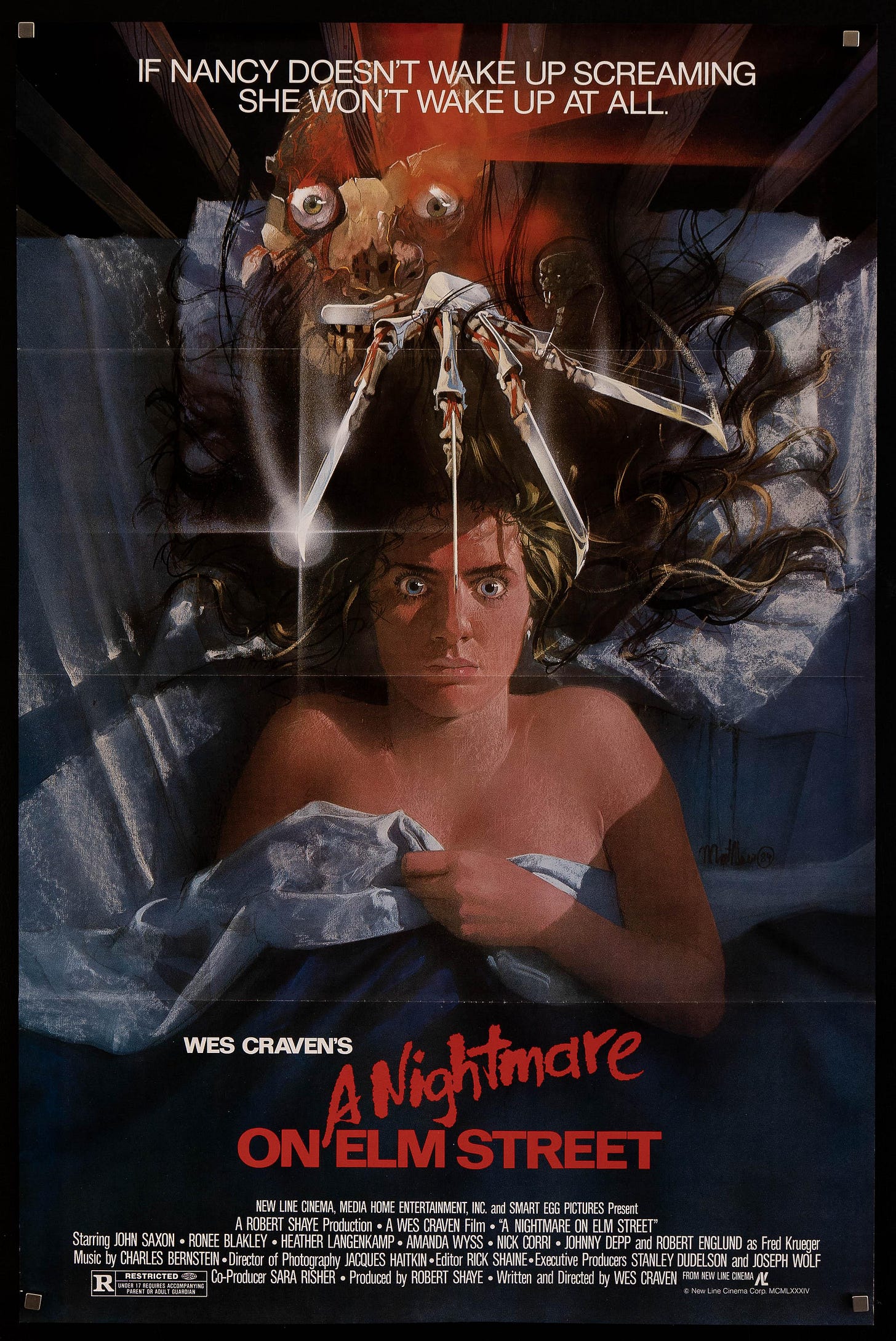Worst. Movie. Ever.
High Art
In the late 1930’s, a church group in the US financed a film titled “Tell Your Children”. The intended audience was parents of teens, and the plot was a cautionary tale of the dangers of marijuana use. Loosely, it involved a group of high school students getting addicted to weed and becoming involved in a broad litany of crimes – a hit-and-run, manslaughter, murder and attempted rape.
Here’s the magnificent trailer:
This was a classic exploitation film, trying to cash in on the zeitgeist of the time. Harry J. Anslinger was into the first of his three-decade run as the first head of the Federal Bureau of Narcotics. The first arrests had just been made under the Marihuana Tax Act of 1937.
After production, the film was purchased by Dwain Esper, who had it re-cut with several salacious shots. Even back then, it was OK to exploit vulgar curiosity, escape censorship and eschew artistic pretence, so long as you pretended to a higher moral calling. It was marketed under various names- “Tell Your Children”, “Doped Youth”, “Love Madness” and “The Burning Question”. But the name that stuck (and become part of pop culture) was Reefer Madness.
The film was screened in theatres across the country, and ultimately the rights were sold for roadshow screenings in 1951. This usually marked the end of a film’s lifecycle, and it faded into oblivion.
Until 1972. Keith Stroup, pro-marijuana advocate, found a copy of the film in the Library of Congress archives. Stroup saw an opportunity in the obvious and over-the-top propaganda, and bought a print for $297. Screenings of the film were held in college campuses across California, with a $1 admission ticket and proceeds going to California Marijuana Initiative, a political group lobbying for legalisation. Students flocked to watch the film ironically, or just to laugh at the exaggerated portrayal of weed consumption.
Enter, Robert Shaye. He had formed New Line Cinema in 1967, starting with a package of feature films and shorts that he rented to colleges. So naturally, when he heard about Reefer Madness and its underground popularity, he went to check it out.
During the screening, he realised that the film carried an improper copyright notice, and with no clear owner, was in the public domain. He was able to source an original print from a collector, and began distributing the film nationally.
For the second time, Reefer Madness captured the national zeitgeist, but in the opposite direction. The creation of the DEA (Drug Enforcement Administration) was just round the corner. College campuses bristled at the harsh penalties and anti-marijuana stance of the government. The film acquired a cult following, and made New Line a decent chunk of money.
New Line kept its contrarian DNA, releasing many classic foreign films, including French romcom Get Out Your Handkerchiefs (which went on to win an Oscar in 1979!)
Another fascinating story was developing in the background. The Texas Chain Saw Massacre was released in 1974. The original distributor committed to pay the producers $225,000 and 35% of the profits. In classic Hollywood Accounting, after everyone was paid, the makers received only $8100 to be divided among the 20 cast and crew. They sued and won, causing the original distributor to declare bankruptcy.
New Line acquired the rights in 1983 and gave the producers a larger share. The movie was successful and spawned a franchise. More importantly, it gave New Line a playbook. A low cost slasher film could make a lot of money if it gets enough word-of-mouth and a loyal fanbase.
This spawned Nightmare on Elm Street, the 1984 horror/supernational slasher which introduced Freddie Krueger (and was the debut film of Johnny Depp!)
It was spectacularly successful, leading to 6 sequels, a TV series and even a remake. New Line was nicknamed “The House that Freddie built”.
New Line went on to produce or acquire the Austin Powers series, the Final Destination series, Harold & Kumar (nice callback to its origins) and the Rush Hour franchise, among others. But most notable was its role in the Lord of The Rings movies.
The Lord of The Rings was first pitched to Miramax, and noted Hollywood luminary Harvey Weinstein. As Peter Jackson developed the scripts, it became clear that his vision far exceeded Miramax’s capabilities. Weinstein wanted a single 2 hour film, Jackson wanted to make it 4 hours long. Weinstein threatened to fire Jackson if he didn’t concede.
Jackson got a meeting with New Line. Robert Shaye had a suggestion- instead of a single 4 hour film, why not make a trilogy? After all, he understood the power of franchises better than anyone (except mid-2000’s Kevin Feige). Jackson agreed, and the production was moved to New Line.
And that is how the most beautiful and complete fantasy films ever made, came to be. By way of anti-drug propaganda, a counter culture movement, slasher horror, and some marvellous stoner comedy.
Reefer Madness is now public domain, and you can watch it here.






Gold. Thanks a lot. I have never seen or read about LOTR and I plan to keep this unchanged. What an information rich article this Nitesh!
I rewatch all three at least once every two to three years! Fun and informative piece, Nitesh.